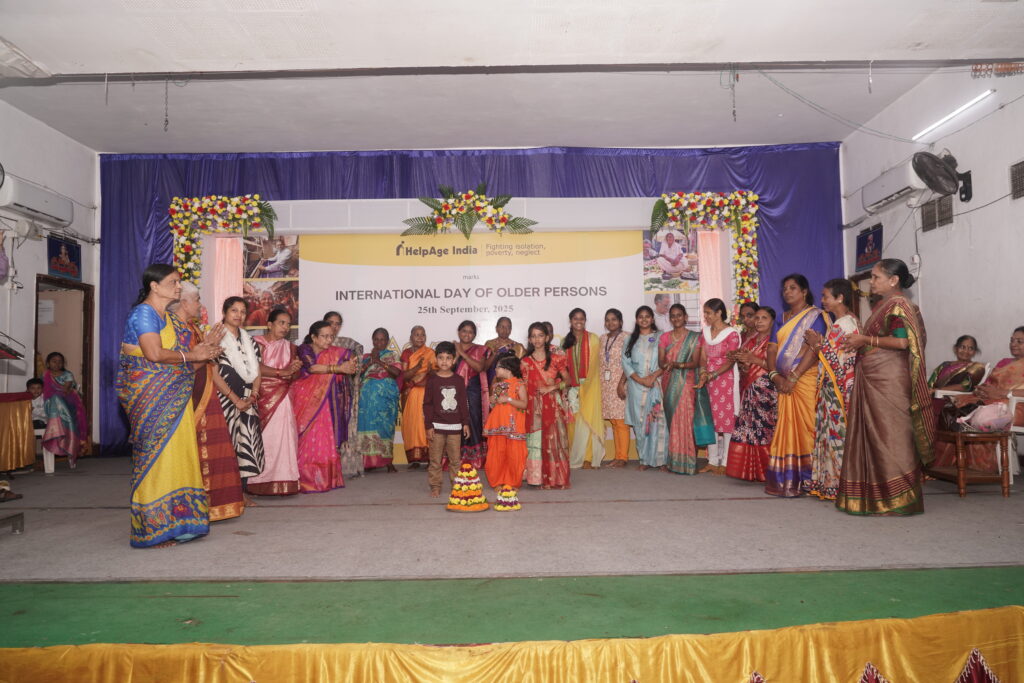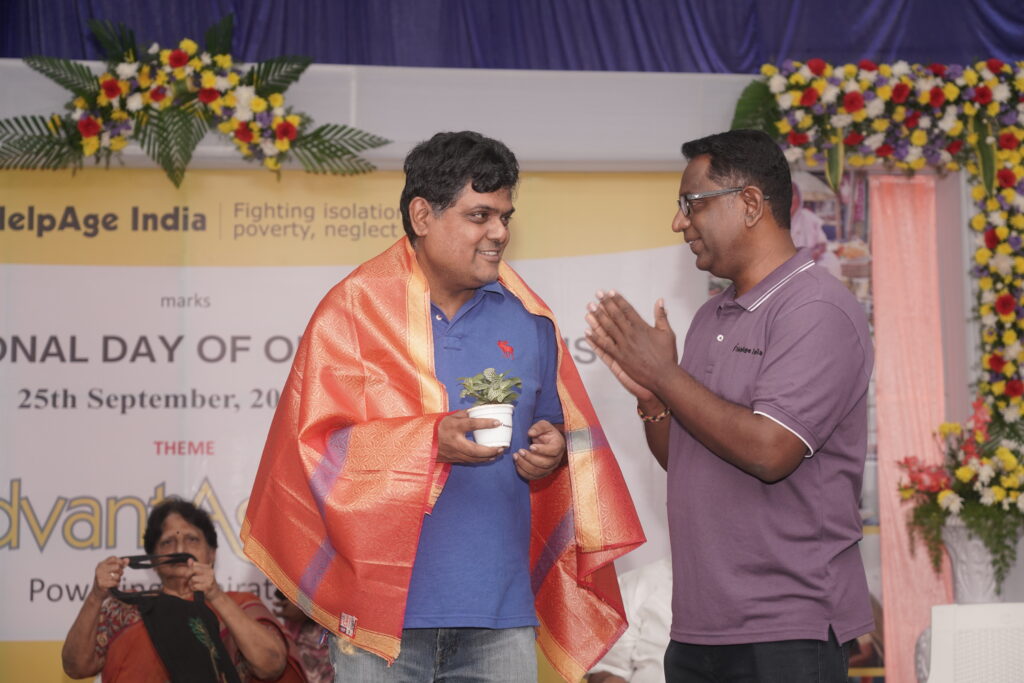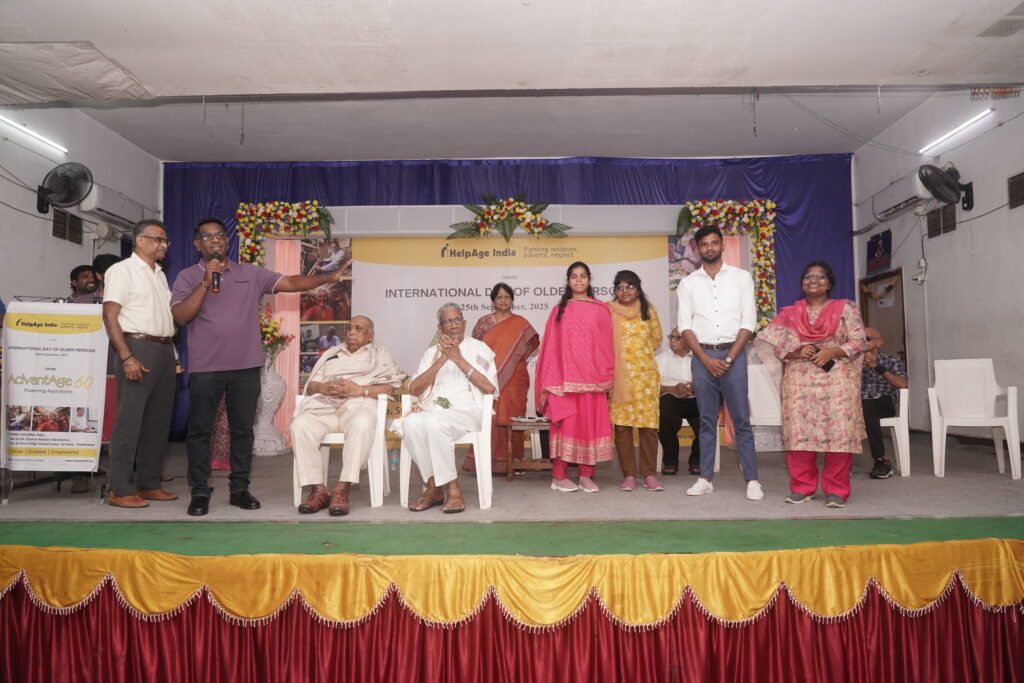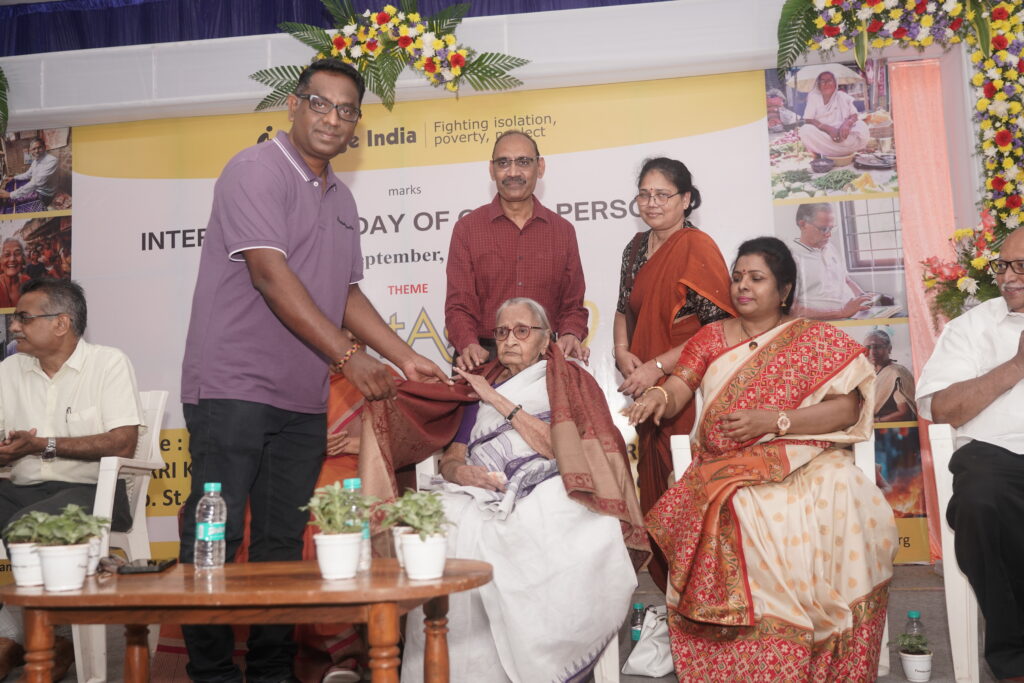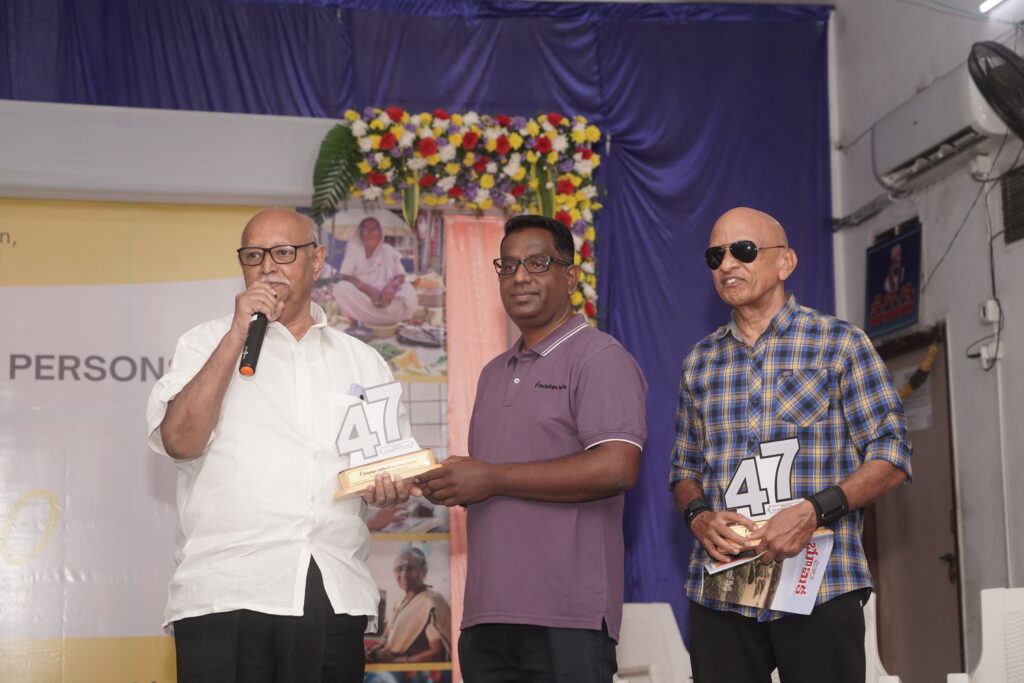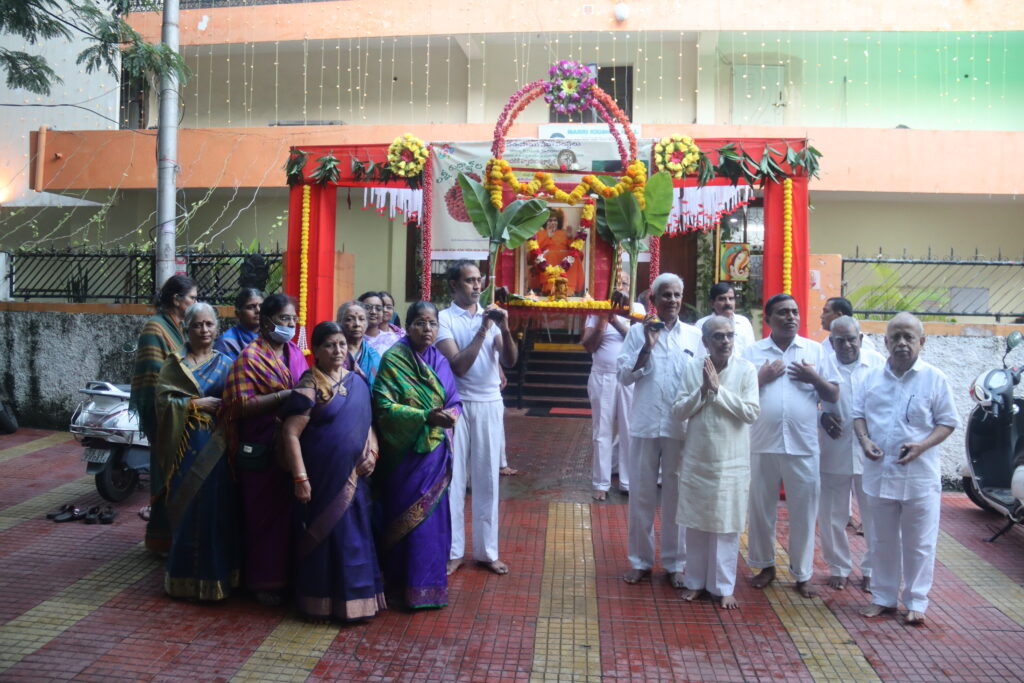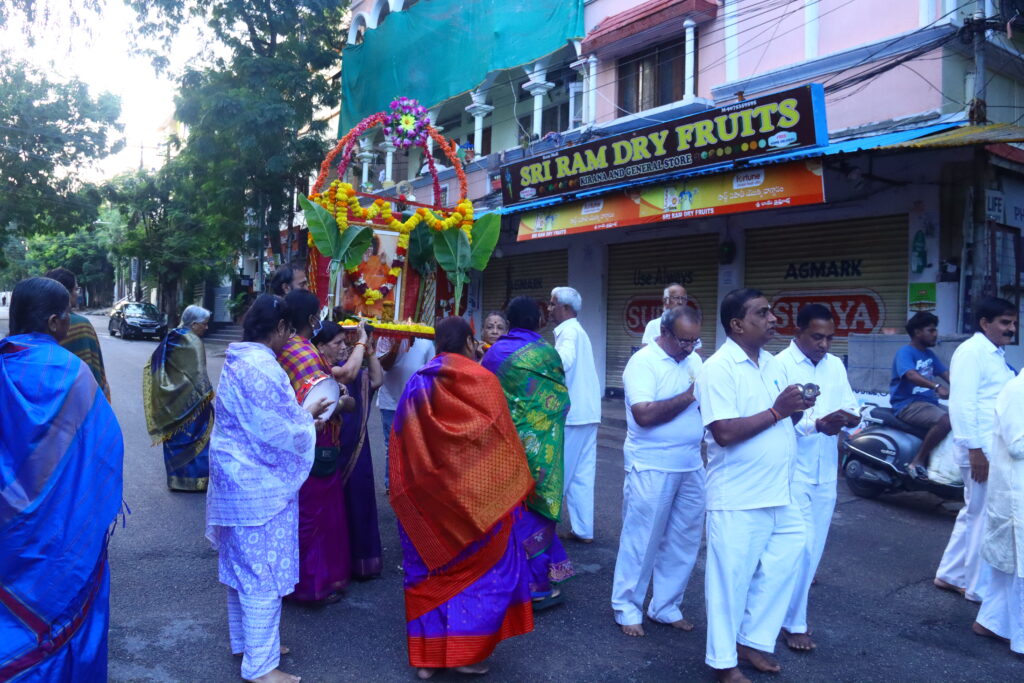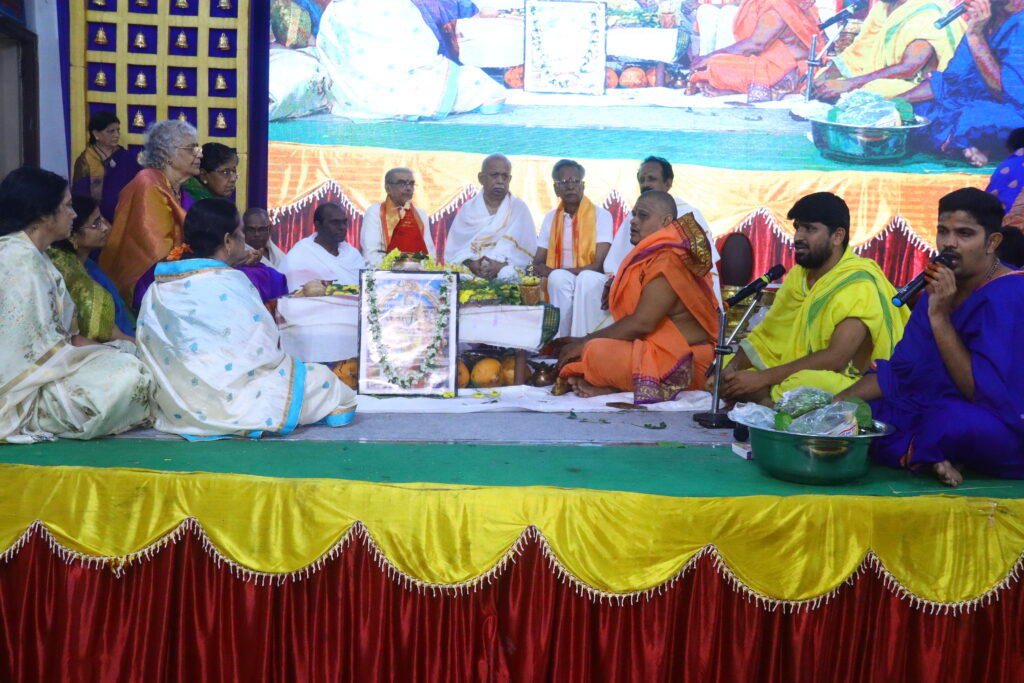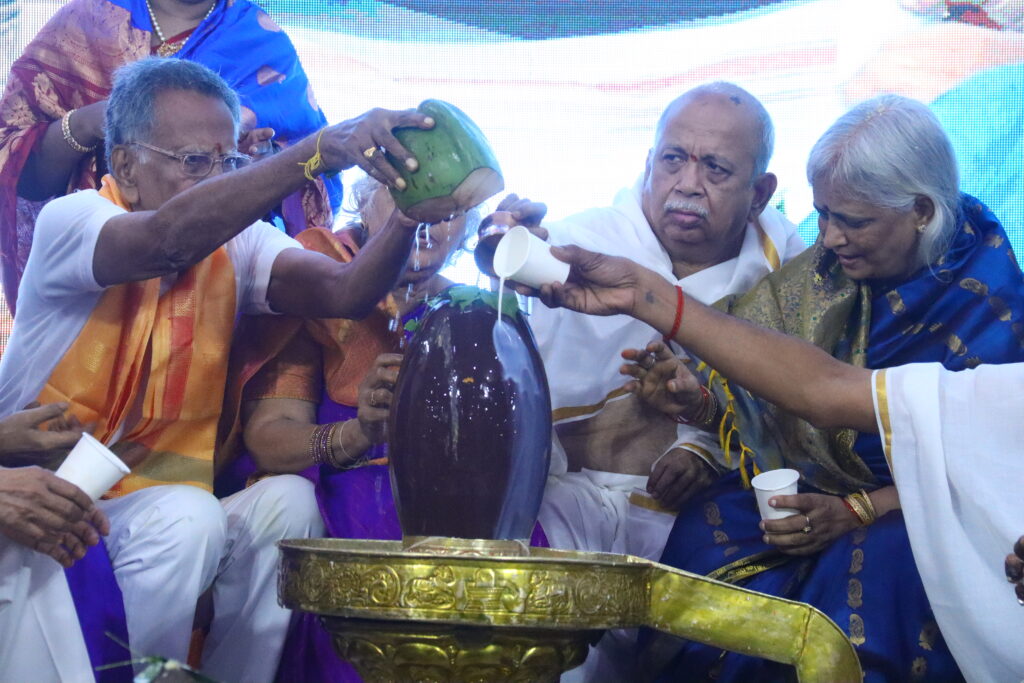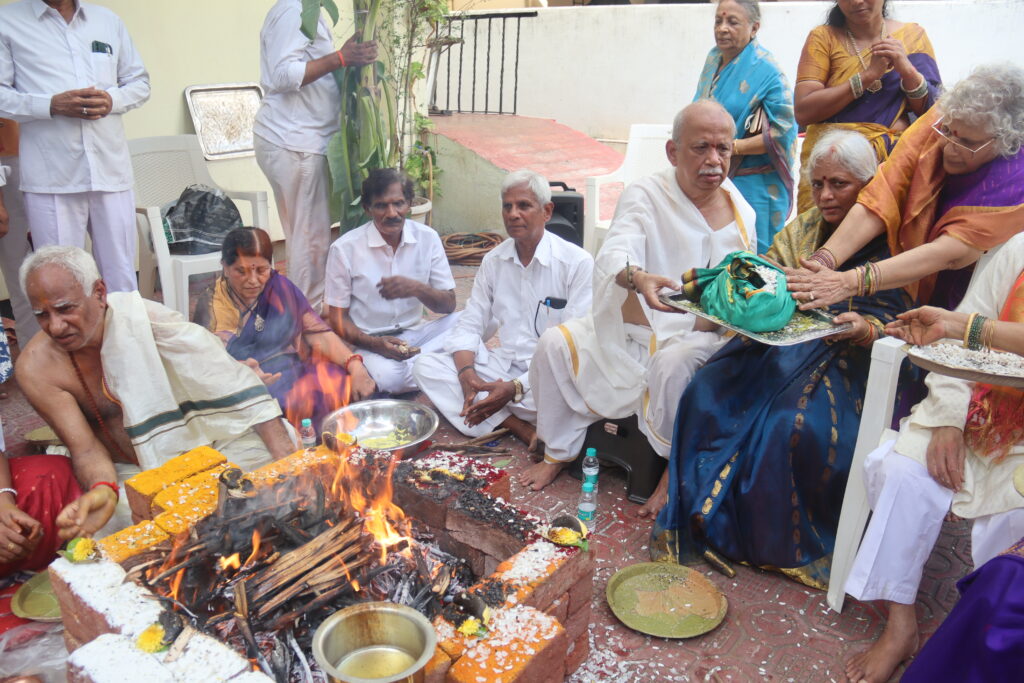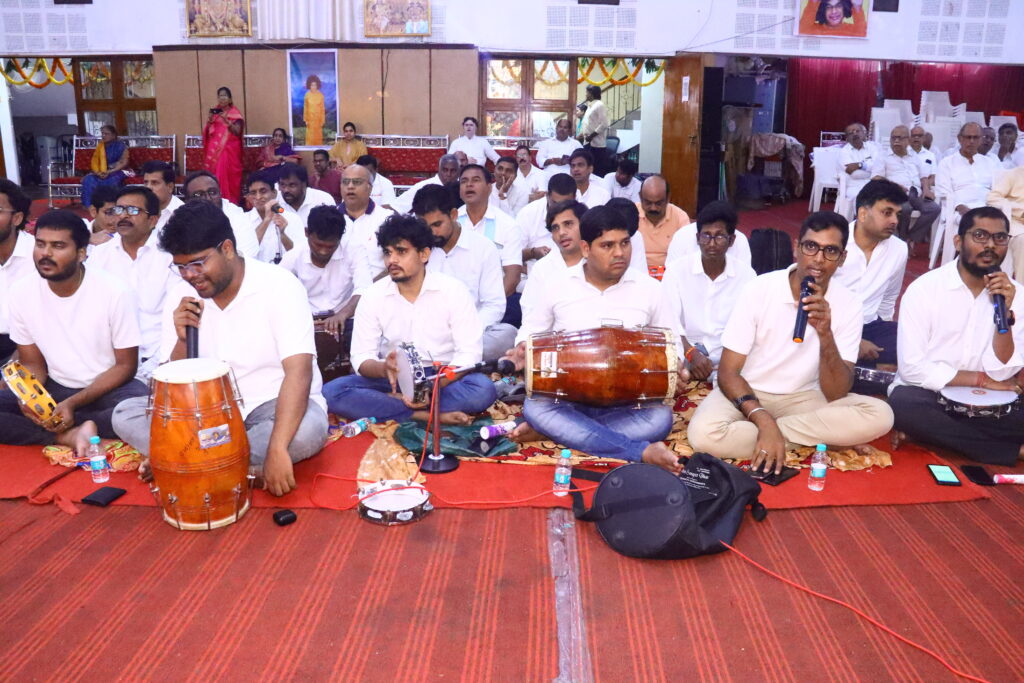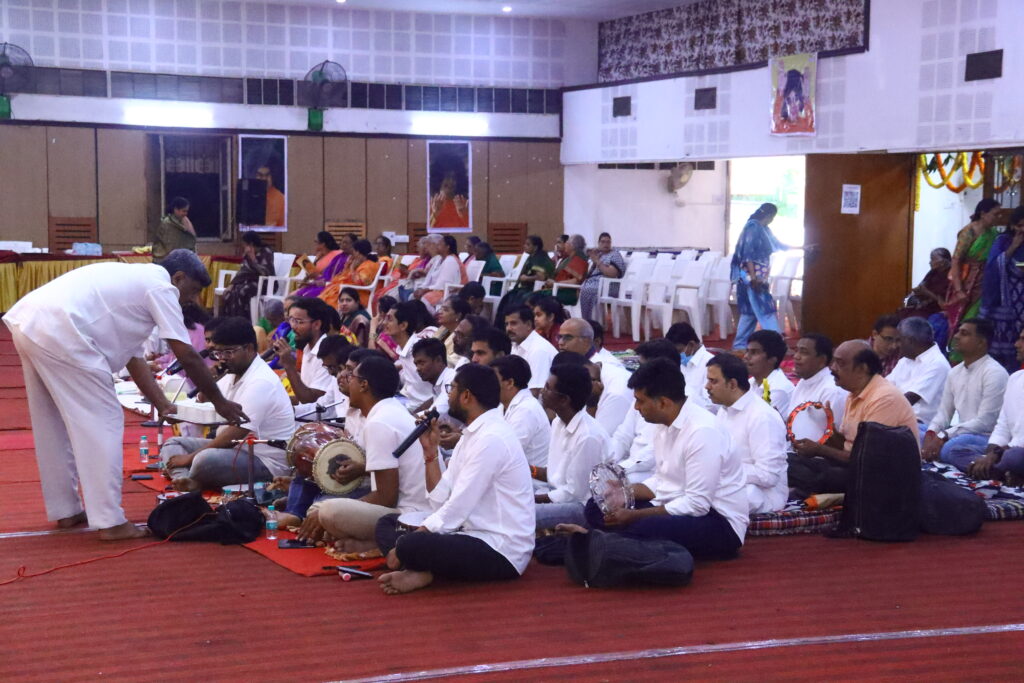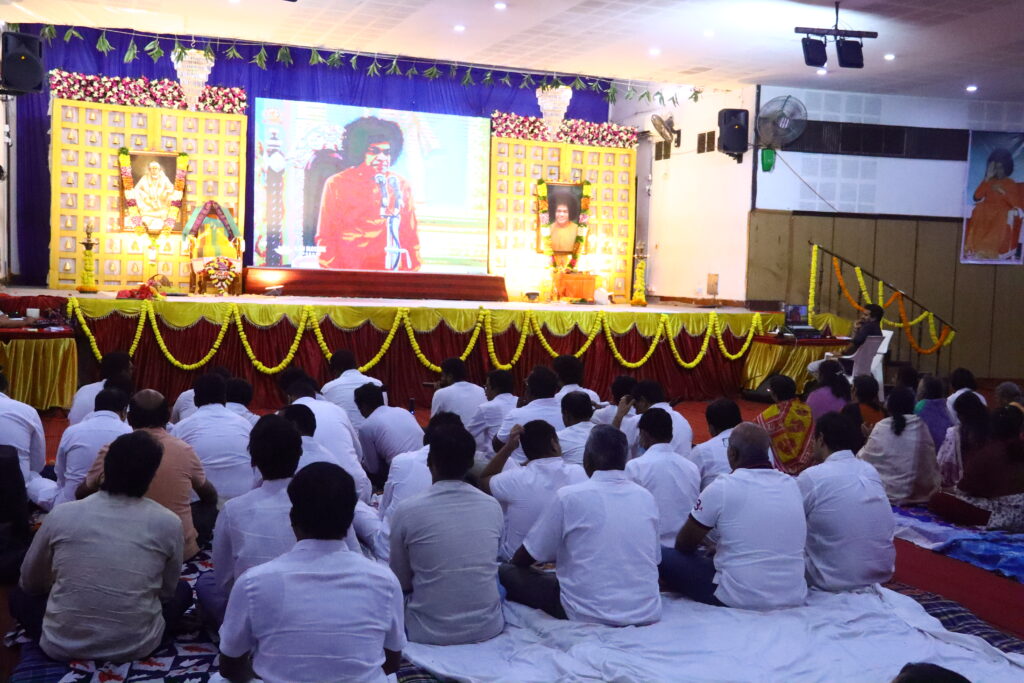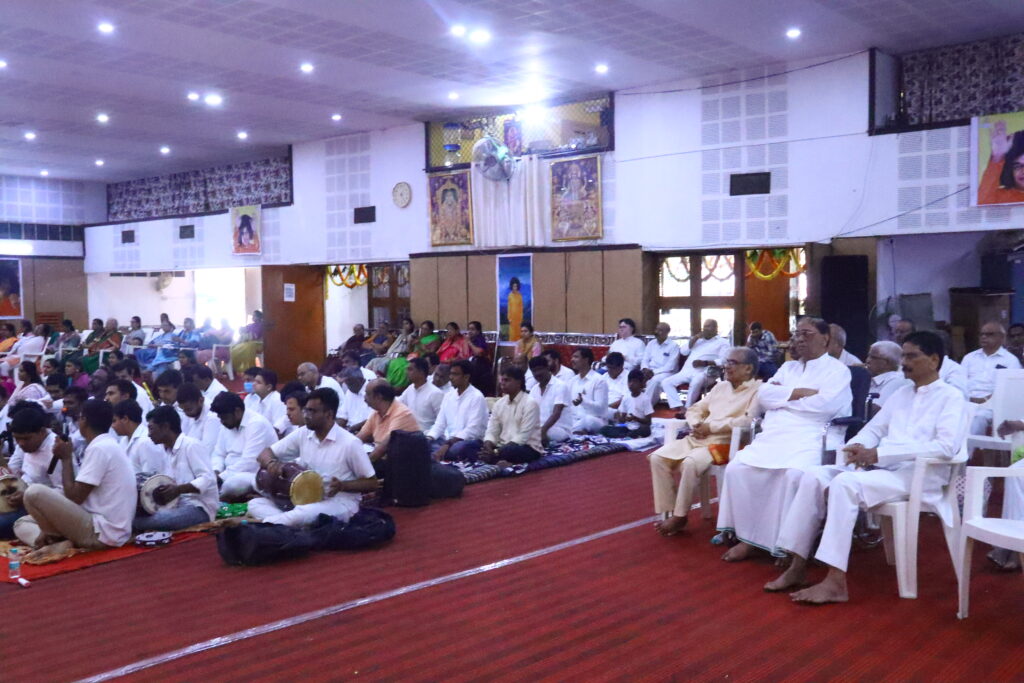L&T Exits Hyderabad Metro; Telangana Government Assumes Full Control
Hyderabad, September 26, 2025: In a major shift, Larsen & Toubro (L&T) has divested its stake in Phase 1 of the Hyderabad Metro project, clearing the way for the Telangana government to take full control of operations and planning.
With L&T’s exit, the state administration is now positioned to steer the project unilaterally, manage debt and equity settlements, and fast-track expansion plans under Phase 2, which envisages an additional 163 km of metro lines.
What Changed & What’s Next
- L&T’s divestment: The move signals L&T’s withdrawal from the original public-private partnership model for Metro operations in Hyderabad.
- Government control: Telangana will now oversee all functions (operations, maintenance, expansion) previously managed under the PPP framework.
- Phase 2 acceleration: With the government at the helm, authorities intend to push forward with the next expansion phase covering 163 km, potentially reducing delays caused by coordination or financial bottlenecks.
- Debt & equity settlement: A key task ahead is reconciling the financial obligations from the initial contracts and ensuring smooth transition of assets and liabilities.
Implications & Challenges
- Greater control, but greater responsibility
While the government will enjoy full decision-making power, it also bears the full burden of cost, risk, and execution challenges that come with large urban transit projects. - Speed vs. capacity
Fast-tracking expansion is positive for city mobility, but the government must ensure it has the technical, managerial, and financial capacity to sustain high standards in safety, service, and maintenance. - Stakeholder coordination
Transitioning from a PPP model to a fully government-run system means reworking contracts, staffing, equipment maintenance, and integration with existing systems. - Public expectations
Commuters and city planners will be watching closely: delays, operational glitches, or service quality dips could invite criticism and erode public trust.
Outlook
With L&T’s exit, Telangana has a unique opportunity to reshape Hyderabad’s metro future under its own vision and timetable. If it manages the financial transition and execution well, the city could see faster expansion and more integrated urban mobility. But missteps in execution or oversight could weigh heavily.
Would you like me to also write a short “citizen impact” version — how this affects daily commuters — or pull in expert voices (real or hypothetical) to enrich the blog?
Source:Deccan Herald

